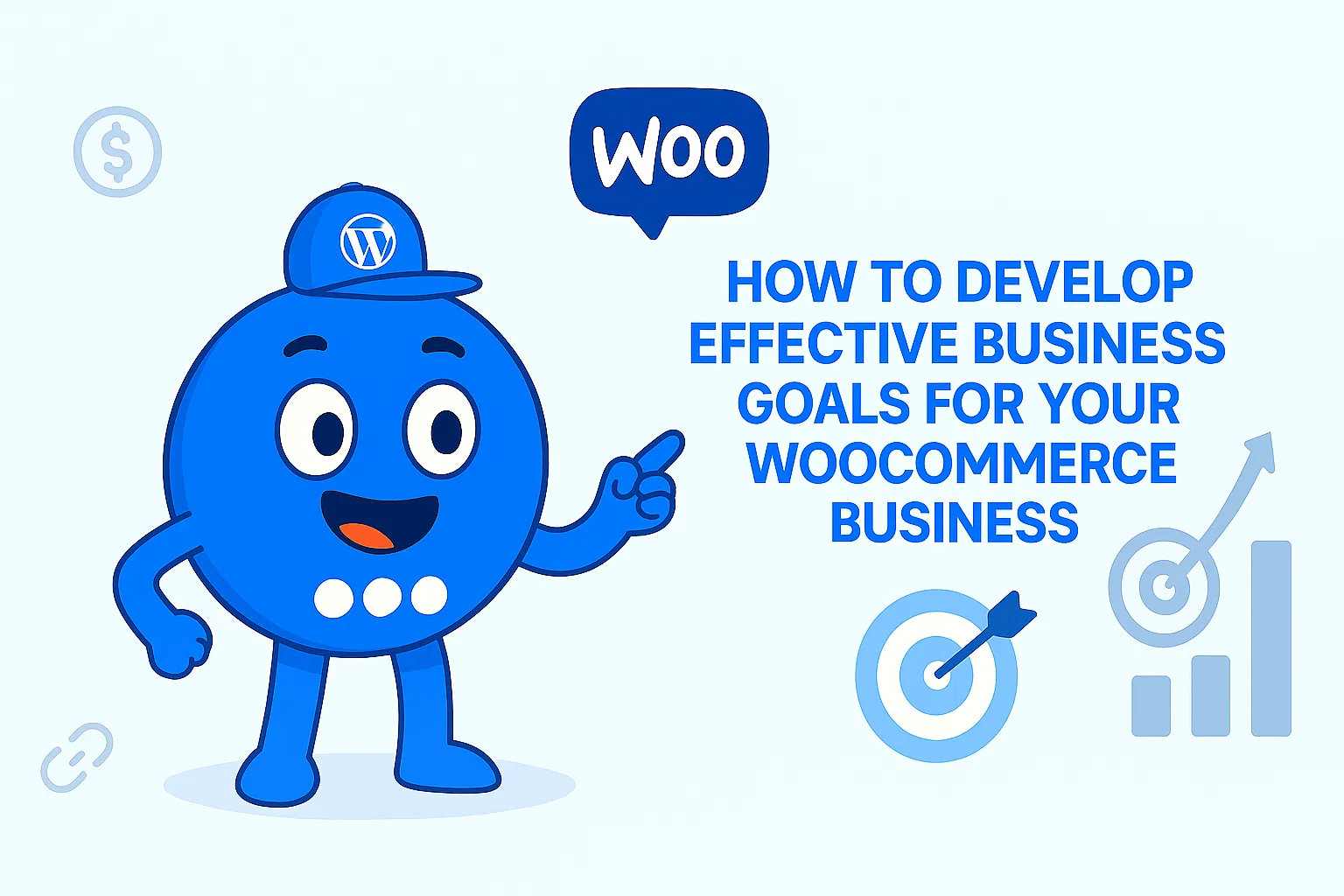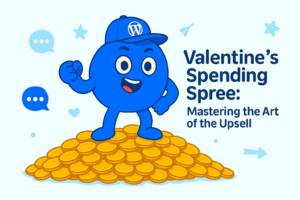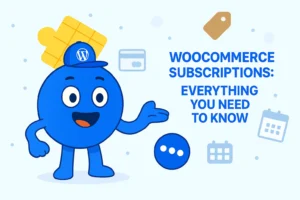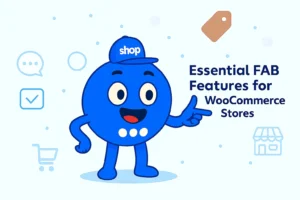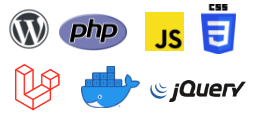How to Develop Effective Business Goals for Your WooCommerce Business
Imagine a ship without a compass. It drifts aimlessly, reacting to every wave rather than charting a deliberate course. For many WooCommerce store owners, their business can feel much the same. There might be a flurry of activity – managing inventory, fulfilling orders, posting on social media – but without clear business goals, it is difficult to truly know if the business is moving forward or simply treading water.
Simply wishing for “more sales” is a common desire, but it lacks the precision needed for genuine success. To thrive in the competitive online marketplace, a business needs specific, measurable targets that guide its efforts and provide a clear indication of whether it is on the right path.
Goals provide essential direction, act as a powerful source of motivation, and establish a tangible benchmark for achievement. They empower better decision-making, enable effective prioritization of tasks, and ensure that every action, whether undertaken by a large team or a solo entrepreneur, contributes to a collective forward momentum.
The act of setting clear objectives is not merely an administrative chore; it is a strategic imperative that transforms a WooCommerce store from a reactive transaction platform into a guided, optimized engine for growth. This foundational step lays the groundwork for all subsequent marketing, operational, and customer experience enhancements.
The SMART Way to Set WooCommerce Goals
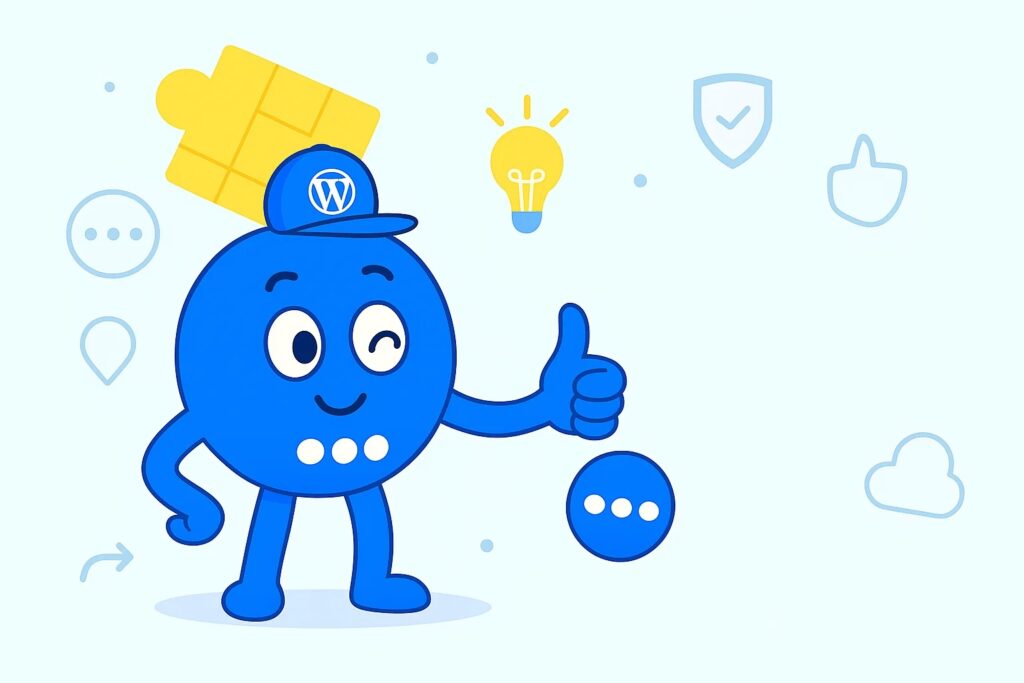
Setting business objectives can initially feel overwhelming, but the SMART framework offers a straightforward and highly effective approach. SMART is an acronym that stands for Specific, Measurable, Achievable, Relevant, and Time-bound. Breaking down your ambitions using this framework makes them concrete and actionable.
Specific: Pinpointing Your Desired Outcome
A goal must be crystal clear, leaving absolutely no room for misinterpretation. Instead of a vague aspiration like “increase sales,” a specific goal would be something like “increase gross sales of our XYZ product line by the end of February“.
To ensure a goal is truly specific, consider asking the four fundamental “W” questions:
- What exactly does the business want to accomplish through its website?
- Why is this particular goal important for the business?
- Who is involved in achieving this goal?
- Which resources or limitations are involved in its pursuit?
For instance, instead of “get more leads,” a specific goal might be “increase the number of qualified leads by 20%.” Similarly, rather than “improve sales,” a more precise objective would be to “improve the sales conversion rate by 5%“.
Measurable: How Will You Know You’ve Succeeded?
The “M” in SMART directly connects to the world of data. A goal must be quantifiable, allowing for clear tracking of progress. Key Performance Indicators (KPIs) and other metrics serve as the scoreboard, indicating whether the business is winning or needs to adjust its play.
For example, rather than the broad aim of “improve customer satisfaction,” a measurable goal would be to “increase our Net Promoter Score (NPS) from 30 to 50“. The types of actions that can be measured are diverse, including product purchases, form submissions, newsletter subscriptions, or even the rate at which customers abandon their shopping carts.
It is important to recognize the deep, interconnected relationship between setting goals and tracking metrics. Without clearly defined metrics, the “measurable” aspect of the SMART framework becomes impossible, effectively rendering the entire goal-setting process ineffective. Conversely, simply collecting vast amounts of data without specific goals to guide the analysis often leads to “data overload” , making it incredibly difficult to extract any meaningful or actionable understandings.
Metrics and goals are two sides of the same coin; each amplifies the utility of the other. For WooCommerce owners, this implies that setting up robust analytics capabilities should happen either before or concurrently with defining business goals. This ensures that the data infrastructure is in place to support the tracking of progress toward those specific, measurable targets, transforming raw data into a powerful tool for strategic decision-making.
Achievable: Setting Realistic, Yet Ambitious, Targets
While it is commendable to aim high, objectives must be realistic given the available resources, current market conditions, and the established timeframe. For a new startup, aiming to “become the top online retailer in your industry within a year” might be an unrealistic stretch. A more achievable and sensible goal could be to “increase our market share by 5% in the next 12 months“. This element of the SMART framework requires a candid evaluation of the feasibility of each goal, ensuring that the business is setting itself up for success rather than frustration.
Relevant: Aligning Goals with Your Business Vision
Every goal should make logical sense for the business and contribute meaningfully to its long-term growth trajectory. If a business operates as a niche retailer focusing on high-quality, handcrafted items, a goal to “become the highest-volume seller in your category” might not align with its core values or brand identity. Instead, a more appropriate and relevant objective could be to “increase the customer retention rate by enhancing post-purchase follow-up processes“.
To verify relevance, a business should ask itself:
- Is this goal consistent with the company’s mission and vision?
- Does it address the needs of other stakeholders?
- Is it the right time to pursue this particular objective?
- Does it contribute to the overall, overarching goals of the company?.
Time-Bound: Giving Your Goals a Deadline
Without a clear deadline, even the most well-intentioned goals can languish. Every SMART goal requires a defined timeframe or deadline. This creates a crucial sense of urgency and helps prevent daily operational tasks from overshadowing and delaying the pursuit of larger objectives.
For example, instead of a general aim to “increase organic traffic,” a time-bound goal would be to “increase organic traffic by 50% within the next six months“. For website-specific objectives, setting three-month goals often provides a reasonable and effective period for evaluation and adjustment.
To illustrate the practical application of the SMART framework, consider the following comparisons between vague, ineffective goals and their SMART counterparts:
| Bad Goal (Vague) | SMART Goal (Specific, Measurable, Achievable, Relevant, Time-Bound) |
| Increase sales | Increase gross sales of our “XYZ product line” by 15% by the end of Q3 this year. |
| Improve customer satisfaction | Increase our Net Promoter Score (NPS) from 30 to 50 within the next 6 months. |
| Get more website visitors | Increase organic search traffic by 25% within the next 4 months by optimizing product descriptions and blog content. |
| Reduce abandoned carts | Decrease cart abandonment rate by 10% by implementing a one-page checkout and automated recovery emails within 3 months. |
| Grow our email list | Acquire 500 new email subscribers per month by offering a 10% first-purchase discount through website pop-ups and social media campaigns. |
Essential Metrics & KPIs for Your WooCommerce Success Dashboard

Once specific, measurable, achievable, relevant, and time-bound goals are established, the next crucial step involves consistently tracking progress. This is where Key Performance Indicators (KPIs) and other metrics become indispensable, serving as the vital signs that indicate the health and performance of the business.
While WooCommerce offers valuable basic data directly within its dashboard, combining this with more comprehensive tools like Google Analytics provides a much deeper understanding of customer behavior and store performance.
Beyond the Basics: What Data Truly Matters?
It is important to differentiate between general metrics and Key Performance Indicators (KPIs).
Metrics are quantitative measures of data, designed to track the performance of any single aspect of a business. For example, page views or the number of items added to a cart are metrics.
KPIs, however, are the most insightful and strategically chosen metrics that directly align with a business’s overarching objectives. They serve as crucial markers of overall success, helping to track progress toward current or long-term goals and inform future strategies.
This distinction ensures that data collection is purposeful and directly contributes to actionable understandings. Therefore, businesses should prioritize tracking KPIs that directly relate to their SMART goals, rather than expending effort on every available data point. This focused approach ensures that data collection is efficient and leads to tangible improvements.
Sales & Revenue: Your Bottom Line
- Gross Sales: This fundamental metric represents the total amount of revenue a store generates from sales. It provides the most straightforward measure of overall income.
- Net Profit Margin: This KPI offers a clearer picture of financial health by showing the actual profit a business retains after all expenses, including the cost of goods sold (COGS), overheads, and taxes, have been deducted. The formula for calculating average profit margin is:
((Total Revenue – Expenses) / Total Revenue) * 100. - Average Order Value (AOV): This metric represents the average amount a customer spends each time they place an order. Increasing AOV is a highly efficient way to boost overall revenue without necessarily needing to acquire more customers or increase website traffic. It leverages the existing intent of visitors who are already inclined to purchase.
The calculation for AOV is:Total Revenue ÷ Number of Orders. For example, if a store generates $50,000 from 1,000 orders, its AOV is $50. This metric acts as a powerful lever for profitability, as strategies focused on increasing AOV (such as upselling, cross-selling, and product bundling) often offer a high return on investment because they capitalize on a customer’s current purchasing momentum.
Customer Acquisition & Growth: Bringing New Shoppers In
- Conversion Rate: This is the percentage of website visitors who complete a desired action on the site. This “desired action” can be broadly defined by the business and might include making a purchase, signing up for a newsletter, or adding products to a shopping cart. The conversion rate is calculated as:
(#) conversions / (#) of website sessions * 100. For instance, if 100 visitors come to a site and 2 make a purchase, the conversion rate is 2%. The average WooCommerce conversion rate typically falls between 2% and 4%, though this can vary based on industry and product pricing. - Customer Acquisition Cost (CAC): This critical metric measures how much a business spends, on average, to bring in a single new customer. It encompasses a range of expenses, including marketing expenditures, sales costs, warehousing, and fulfillment costs associated with the items a customer purchases. The basic formula for CAC is:
Cost of Sales and Marketing ÷ New Customers.
Customer Loyalty & Lifetime Value: Turning Buyers into Brand Advocates
- Customer Lifetime Value (CLV): This powerful metric represents the total revenue a business can expect to earn from an average customer over the entire duration of their relationship with the company. It serves as a strong indicator of customer satisfaction, loyalty, and the overall viability of a brand.
The calculation for CLV is:Average transaction size x Number of transactions x Retention period. For example, if a store has an AOV of $50, customers typically buy twice a year, and they remain active for 2 years, the CLV for that customer would be $50 x 2 x 2 = $200. - Returning Customer Rate: This metric indicates the percentage of customers who return to make additional or repeat purchases.
Operational Efficiency: Smooth Sailing Behind the Scenes
- Order Fulfillment Times: This metric tracks how quickly orders are processed and shipped to customers. Improving fulfillment times directly enhances customer satisfaction and can lead to repeat business.
- Cart Abandonment Rate: This KPI measures the percentage of shoppers who add items to their shopping cart but then leave the site without completing their purchase. A high cart abandonment rate is a strong indicator of friction or issues within the checkout process. The calculation for cart abandonment rate is:
(1 - (Total number of completed purchases ÷ total number of shopping carts created)) * 100.
To provide a quick reference and clarify the importance of these metrics, the table below summarizes key e-commerce KPIs and their impact:
| Metric/KPI | Definition | Why It Matters | How to Calculate (Simplified) |
| Average Order Value (AOV) | The average amount a customer spends per order. | Helps increase revenue without more customers; indicates upselling/cross-selling success. | Total Revenue ÷ Number of Orders |
| Conversion Rate | Percentage of visitors who complete a desired action (e.g., purchase, sign-up). | Direct measure of site effectiveness; impacts sales and CAC efficiency. | (#) Conversions ÷ (#) Website Sessions * 100 |
| Customer Acquisition Cost (CAC) | Total cost to acquire one new customer. | Essential for profitability; helps price products and optimize marketing spend. | Cost of Sales & Marketing ÷ New Customers |
| Customer Lifetime Value (CLV) | Total revenue expected from a customer over their entire relationship. | Indicates long-term profitability and customer loyalty; cheaper to retain than acquire. | Average Transaction Size x Number of Transactions x Retention Period |
| Cart Abandonment Rate | Percentage of shoppers who leave items in their cart without purchasing. | Highlights checkout friction; directly impacts lost sales. | (1 – (Completed Purchases ÷ Carts Created)) * 100 |
| Net Profit Margin | The percentage of revenue left after all expenses. | Shows true financial health and efficiency. | ((Total Revenue – Expenses) / Total Revenue) * 100 |
Actionable Strategies to Achieve Your WooCommerce Goals
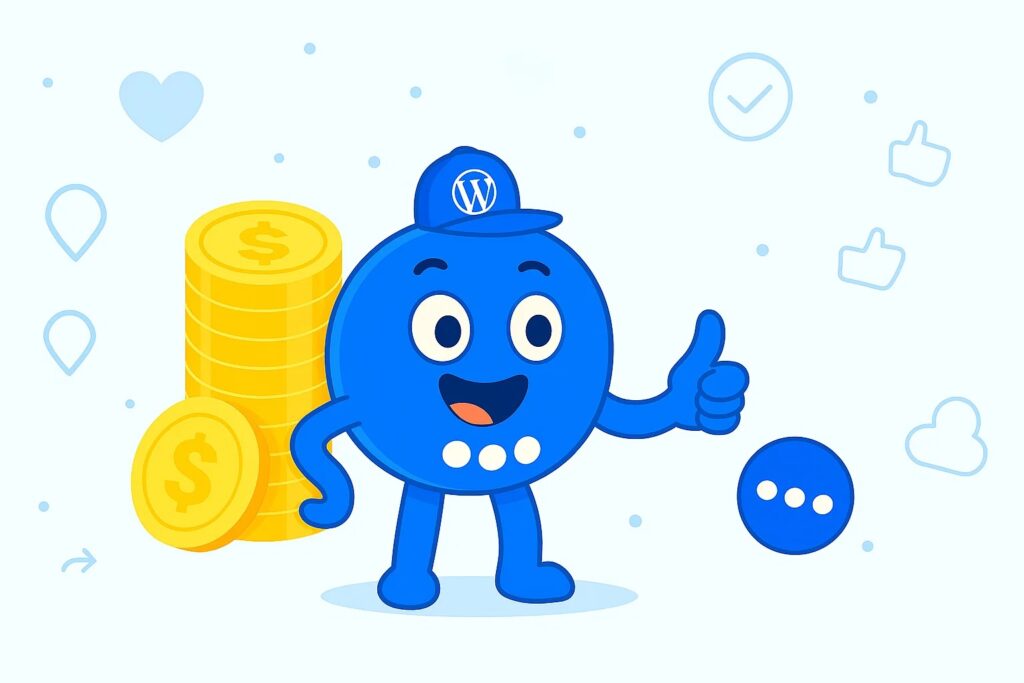
With a clear understanding of what to measure, the focus now shifts to practical, actionable strategies that can significantly move the needle on these crucial metrics.
Boosting Sales & Average Order Value
- Optimizing Product Pages and User Experience (UX): A product page serves as the virtual storefront for an online business. It is essential to ensure these pages feature high-quality images that accurately represent the product. Descriptions should be compelling, highlighting the benefits of the product rather than simply listing features. Incorporating positive customer reviews and testimonials builds trust and encourages purchasing decisions. You can check one of our article about this topic The Ultimate Guide to Writing High-Converting WooCommerce Product Descriptions.
- Strategic Upselling & Cross-selling: Once a customer demonstrates interest, businesses have a prime opportunity to encourage additional purchases. These recommendations can be strategically placed on product pages, during the checkout process, or even on the “thank you” page immediately after a purchase is completed. For example, if a customer buys a camera, cross-selling a lens bag or a tripod can increase the order value. If they are considering a basic model, upselling them to a professional version with more advanced features can also boost revenue.
- Upselling involves promoting a more premium or expensive version of the product the customer is considering, highlighting its enhanced value or features.
- Cross-selling, on the other hand, recommends related or complementary items that go well with the customer’s current selection.
- Irresistible Offers: Coupons, Discounts, and Bundles: Customers are consistently drawn to good deals and incentives.
- Offering personalized discounts based on past purchase history or browsing behavior can be highly effective.
- Creating product bundles, where related items are grouped and sold at a slightly discounted price compared to buying them individually, increases the perceived value for the customer.
- Running flash sales or limited-time offers can also create a sense of urgency, prompting immediate purchases. Implementing loyalty programs, which reward customers with points, tiered benefits, or cashback, are powerful tools for incentivizing repeat purchases and fostering long-term customer relationships.
Driving Conversions & Reducing Abandonment
- Building Trust with Reviews and Security Signals: Online shoppers require reassurance, especially when interacting with a new store. Displaying positive customer reviews and testimonials prominently on product pages and throughout the site builds social proof and influences purchasing decisions.
Showcasing trust badges, SSL certificates, and secure payment icons visually demonstrates the security measures in place, minimizing concerns about payment security. Transparent return and refund policies further build confidence, assuring customers that they have options if they are dissatisfied with a purchase. - Product Promotion: Guiding Users with the “Floating Awesome Button” The core challenge for many online businesses is user friction and missed opportunities for conversion. A floating button, which remains visible regardless of scroll position , offers an ideal solution for persistent calls-to-action. If a user is hesitating, distracted, or simply lost on the site, a quick-access button can immediately re-engage them.
Imagine a customer browsing a product page, perhaps contemplating a purchase but feeling a slight hesitation. Suddenly, a Floating Awesome Button appears prominently, clearly labeled “Complete Your Order” or “Limited-Time Offer!“. This element is not merely a decorative button; it functions as a direct, always-on guide that can significantly impact conversion goals.
Enhancing Customer Lifetime Value & Retention
- Exceptional Post-Purchase Experience: The customer journey does not end at the point of sale; it is merely the beginning of a relationship. Providing prompt order updates, ensuring timely and secure deliveries, and maintaining an easy and transparent return/refund policy are crucial for building trust and encouraging repeat purchases. Even small details, such as an engaging unboxing experience, can leave a lasting positive impression and foster brand loyalty.
- Personalized Communication and Offers: Leveraging customer data to deliver personalized experiences is key to enhancing lifetime value. This includes sending personalized product recommendations based on past purchases or browsing history, offering special discounts for birthdays or anniversaries, and creating dynamic email content tailored to specific customer segments. Automated follow-up emails are essential for maintaining visibility and nurturing the customer relationship over time.
- Building a Community Around Your Brand: Fostering a sense of belonging and connection among customers can significantly deepen brand loyalty. Creating spaces where customers can interact, share their experiences, and provide feedback cultivates engagement and trust. Consistent and transparent communication across all touchpoints further builds trust and keeps customers engaged with the brand.
- Product Promotion: Using the “Floating Awesome Button” for Engagement Customer retention and Customer Lifetime Value are profoundly influenced by ongoing engagement and consistently positive customer experiences. A floating button offers a persistent, yet non-intrusive, method to facilitate these crucial interactions.Consider a customer who has just received their order and is delighted with their purchase. A discreet yet visible Floating Awesome Button could instantly link them to:
- Loyalty Program Sign-Up: A button labeled “Join Our Rewards Club!” could provide a direct pathway for customers to enroll in a loyalty program, immediately boosting retention efforts.
- Customer Support: A “Need Help? Chat Now!” button offers immediate access to support, improving the post-purchase experience and reinforcing trust. This direct line of communication can resolve issues quickly, preventing dissatisfaction from escalating.
- Feedback Surveys: A button prompting “Share Your Experience!” can lead directly to a quick feedback survey. This not only gathers valuable insights for product and service improvement but also demonstrates to customers that their opinions are valued and contribute to the brand’s evolution.
- Exclusive Content/Community: A link to “Access Our VIP Blog!” or “Join Our Community Forum!” can deepen the brand connection by offering exclusive content or fostering a sense of community.
Tracking Your Progress: Tools for Your WooCommerce Journey
Setting ambitious goals and implementing strategic actions are only part of the journey. To truly understand what is working, what needs adjustment, and where new opportunities lie, consistent and accurate tracking of progress is essential.
WooCommerce’s Built-in Analytics: WooCommerce provides a foundational level of analytics directly within its dashboard. This includes reports on total sales, top-performing products, and order summaries. These native reports serve as a good starting point for gaining an initial understanding of a store’s performance and identifying immediate trends. If you want to learn more about

Besides that, to empower more of your data driven strategy Floating Awesome Button also comes with some additional charts, for example in FAB Dashboard you can see
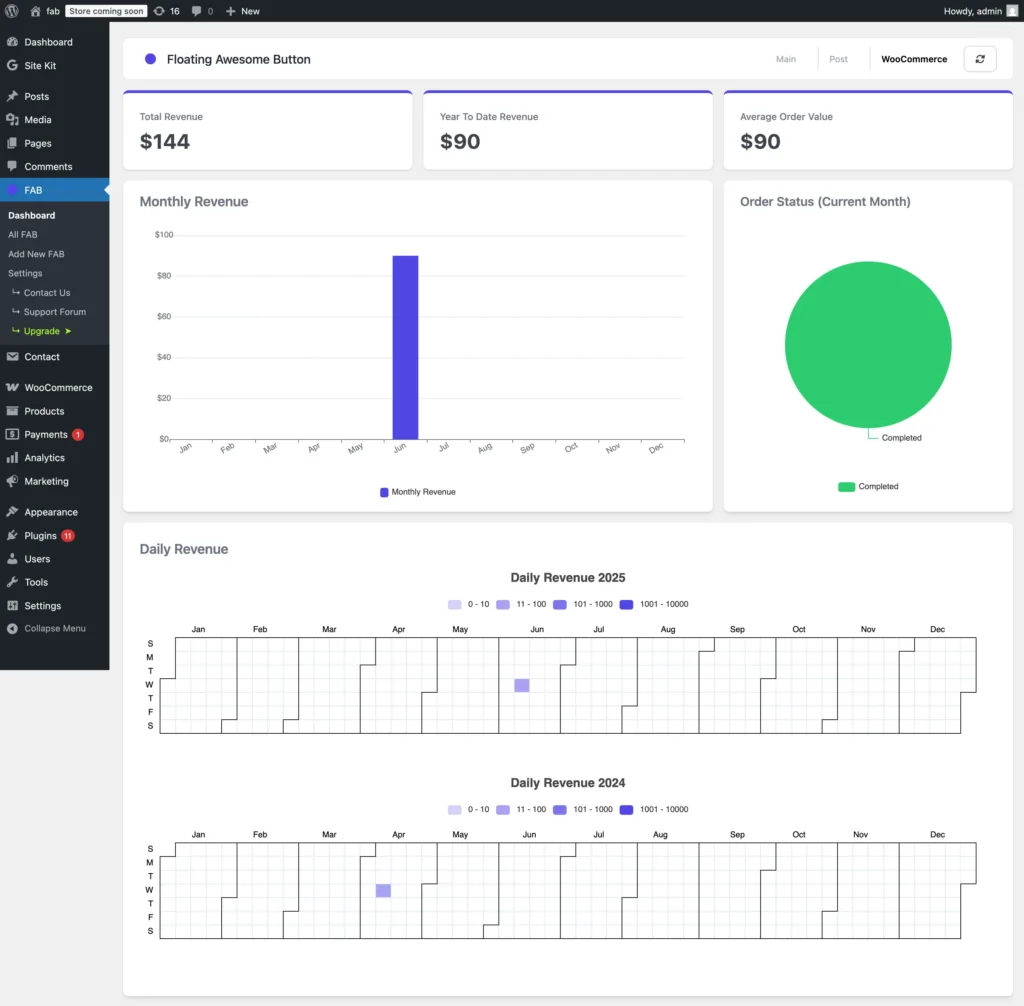
You can also see your Customer Daily Revenue using Floating Awesome Button
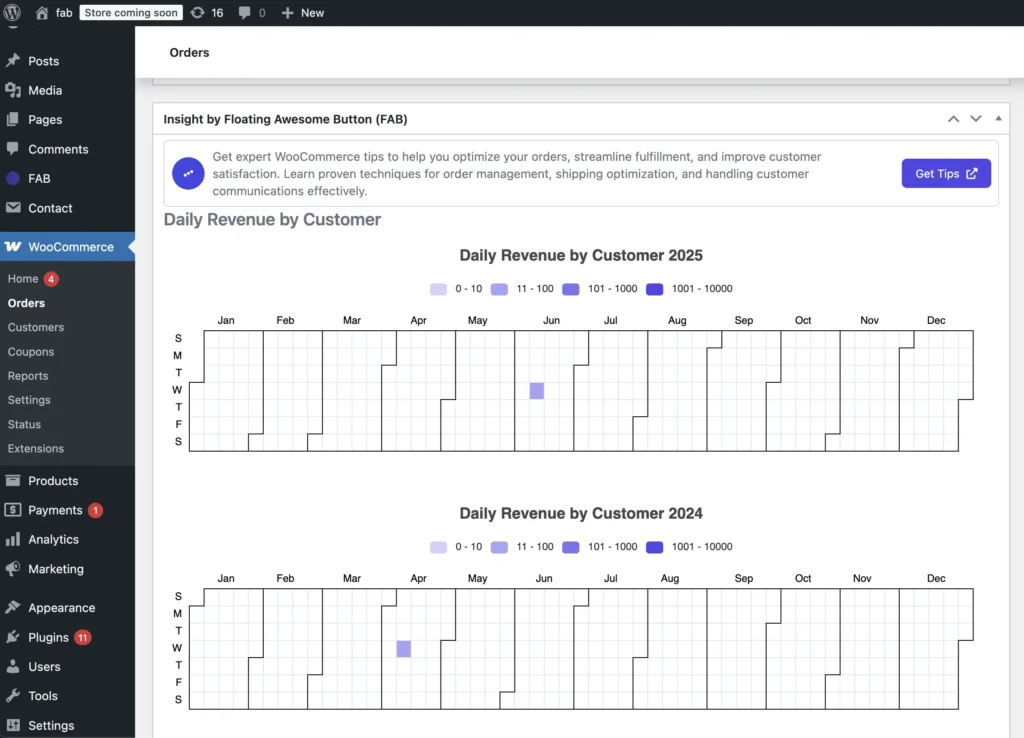
to learn more about this you can check our article that discuss more about WooCommerce Analytics and Floating Awesome Button (FAB) Analytics on this article : WooCommerce Analytics Guide: Increase Sales with Smart Data Insights
Conclusion: Your Path to a Thriving WooCommerce Business
Establishing clear business goals is not merely an administrative exercise; it is the foundational step toward building a thriving WooCommerce store. This article has explored how the SMART framework—ensuring goals are Specific, Measurable, Achievable, Relevant, and Time-bound—provides the clarity and direction essential for success. Just as a compass guides a ship, SMART goals provide a precise roadmap for your online venture.
The journey to a successful e-commerce business is also inherently data-driven. Understanding and consistently tracking key metrics and KPIs, such as Average Order Value (AOV), Conversion Rate, Customer Acquisition Cost (CAC), and Customer Lifetime Value (CLV), is paramount. These are not just abstract numbers; they are the vital signs that provide deep understandings into your store’s performance, empowering informed decisions, and enabling continuous optimization.
The path to a thriving WooCommerce business is an ongoing process of strategic planning, diligent implementation, and continuous refinement. By setting clear, measurable goals, taking strategic actions informed by data, and consistently tracking your progress, you will be exceptionally well-equipped to adapt to changing market conditions, consistently delight your customers, and achieve sustained, profitable growth. Your WooCommerce store possesses immense potential, and by embracing a strategic approach to goal setting and leveraging the right tools, you are not just selling products; you are actively building a successful, purpose-driven enterprise.


